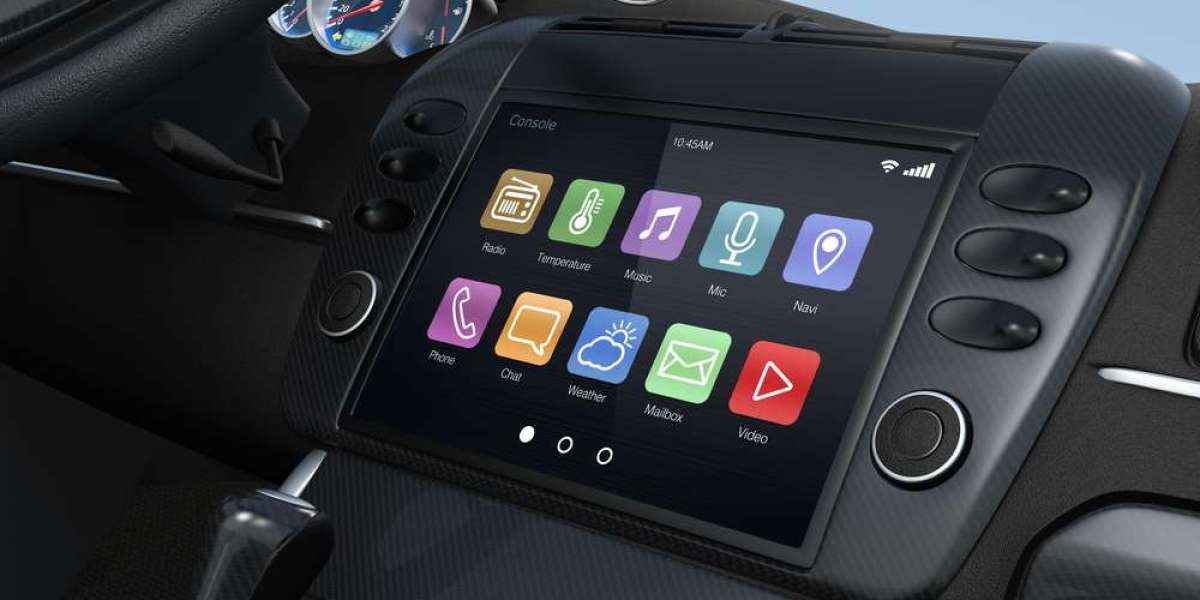The automotive smart display market is a rapidly evolving segment of the automotive industry, driven by consumer demand for enhanced infotainment, connectivity, and safety features. These displays, ranging from instrument clusters to head-up displays (HUDs) and center stack screens, are integral to modern vehicles, especially with the rise of electric and autonomous driving technologies. However, despite strong growth projections, the market faces several significant challenges that could hinder its pace of development and widespread adoption.
1. High Cost of Advanced Displays
One of the primary challenges is the high cost associated with advanced display technologies. Smart displays, particularly those using OLED or QLED technologies, are expensive to manufacture. The integration of touch functionality, voice control, haptic feedback, and high-resolution graphics requires sophisticated hardware and software, which significantly increases production costs. These high costs are passed on to consumers, making vehicles with premium displays less accessible to price-sensitive buyers. For automakers, balancing cost and technological advancement remains a constant struggle.
2. Supply Chain Disruptions
The automotive sector has been particularly vulnerable to global supply chain disruptions, especially in the wake of the COVID-19 pandemic. Semiconductor shortages have affected the production of smart displays, which rely heavily on these components. In addition, geopolitical tensions and logistical bottlenecks have exacerbated delays in the procurement of raw materials and electronic parts. These issues have led to increased production timelines and reduced availability of smart display units, slowing down market expansion.
3. Complex Integration and Compatibility Issues
Smart displays need to integrate seamlessly with a vehicle's broader electronic and communication systems. This includes synchronization with sensors, navigation, multimedia, and ADAS (Advanced Driver Assistance Systems). Ensuring compatibility across different platforms, models, and brands is complex and requires significant R&D investment. Furthermore, rapid advancements in technology can render systems obsolete quickly, challenging manufacturers to keep up with ongoing updates and upgrades without introducing instability or interoperability issues.
4. Cybersecurity and Data Privacy Concerns
As vehicles become more connected, the threat of cyberattacks increases. Smart displays often connect to the internet, GPS, and smartphones, exposing the system to potential security vulnerabilities. A compromised smart display could provide access to critical vehicle systems, posing safety risks. In addition, the collection and use of personal data raise concerns about user privacy. Automakers must invest heavily in cybersecurity solutions to ensure the integrity and trustworthiness of smart display systems, which adds to development complexity and cost.
5. Limited Consumer Awareness and Acceptance
While tech-savvy consumers may be enthusiastic about in-vehicle digital displays, there remains a segment of the population that is either unaware of or skeptical about these technologies. Some consumers view smart displays as unnecessary or distracting, particularly older drivers who may not be as comfortable with digital interfaces. Others are concerned about potential maintenance issues and long-term durability. Educating consumers and building trust in these systems is essential for broader market penetration.
6. Regulatory and Standardization Challenges
The lack of universal standards and regulatory frameworks for automotive smart displays creates difficulties in product development and deployment. Different regions have varying rules regarding screen brightness, display placement, and driver distraction limits. This fragmentation forces manufacturers to tailor their products for specific markets, increasing costs and complexity. Additionally, evolving regulations aimed at minimizing driver distraction may impose new constraints on display functionality and design.
7. Technological Obsolescence and Short Product Lifecycles
Smart display technology is advancing rapidly, often outpacing the typical lifecycle of a vehicle. As a result, displays installed in new vehicles can become outdated within a few years. Unlike smartphones, which are frequently upgraded, replacing a vehicle’s infotainment system is not always feasible or economical for the average consumer. Automakers are now challenged to future-proof their systems or offer modular upgrades, which requires a shift in design and manufacturing paradigms.
8. Environmental Impact and Sustainability
The environmental impact of manufacturing high-tech automotive displays is another growing concern. The production of displays involves rare earth elements, energy-intensive processes, and non-recyclable components. As environmental regulations tighten and consumers become more eco-conscious, automakers are under pressure to make displays more sustainable. This could involve sourcing greener materials, improving energy efficiency, or designing products with end-of-life recycling in mind.
Conclusion
While the automotive smart display market holds enormous potential and is a critical component of future mobility trends, it is not without its challenges. High costs, supply chain vulnerabilities, cybersecurity issues, and regulatory hurdles all play a role in slowing adoption. For manufacturers and suppliers to succeed in this space, they must navigate these obstacles with strategic innovation, partnerships, and a keen focus on user-centric, secure, and sustainable design. Only then can the true potential of smart displays in vehicles be realized on a global scale.








